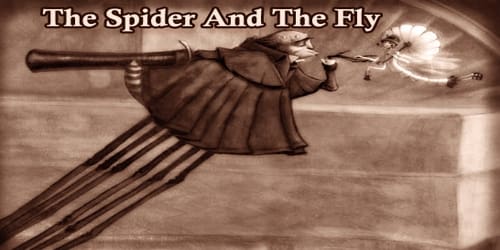Bulbuls are mostly tropical and subtropical birds, occurring in Africa, Asia, and Southeast Asia. Some relatively northern species are migratory, but most species of bulbuls are local birds. The bulbuls are a family, Pycnonotidae, of medium-sized passerine songbirds, and includes the greenbul, brownbul, leaflove, and bristlebill. There are over 150 species in 27 genera. While different species are found in a wide range of habitats, the African species are predominantly found in the rainforest, whereas Asian bulbuls are predominantly found in more open areas. Bulbuls have rather short, rounded wings, a long tail, small, relatively delicate legs and feet, a small, slender bill, and prominent bristles about the base of the top mandible (these are known as rictal bristles). The word bulbul derives from Hindi (बुलबुल) or Persian or Arabic (بلبل) meaning nightingale, but in English, bulbul refers to passerine birds of a different family. The body size of bulbuls ranges from 6-11 in (15-28 cm). They are active, noisy, plain-colored birds that sometimes damage orchards. The representative of the 47 species of the genus Pycnonotus is the African bulbul (P. barbatus, including P. xanthopygos and P. tricolor), an 18-cm (7-inch) brownish-gray bird. Others are the red-whiskered bulbul (P. jocosus, sometimes Otocompsa jocosa), which is indigenous from India to southern China, and the Red-vented bulbul (P., sometimes Molpastes, cafer) of Pakistan to Java (natively) and the Fiji islands.
Bulbuls build a cup-shaped nest in a bush or tree and lay two to four eggs. Both parents share in the incubation and care of the young. Species of bulbuls occur in diverse tropical habitats, but not in deserts. They may occur in dense vegetation in tropical forests or in more open habitats, such as gardens in towns or even city parks. Some species of bulbuls are accomplished singers, and they are among the more pleasing avian vocalists in tropical towns and parks where habitat is available for these birds. The 22 species of Phyllastrephus are common in tropical Africa. Finch-billed bulbuls (Spizixos) occur in southeastern Asia. The white-throated bulbul (Criniger flaveolus) ranges from the Himalayas to Bali. One of the larger species, 25 cm (10 inches) long is the black bulbul (Hypsipetes, sometimes Microscelis, madagascariensis) of Madagascar, Indian Ocean islands, and southern Asia east to Taiwan; it has gray and black-and-white races. Bulbuls are highly vocal, with the calls of most species being described as nasal or gravelly. One author described the song of the brown-eared bulbul as “the most unattractive noises made by any bird”. Most species of bulbuls eat small fruits, but they may also feed on insects, particularly when they are raising babies, which require high-protein foods. Both parents feed and care for the young, which typically fledge about two weeks after hatching. During the non-breeding season, bulbuls often occur in mixed-species flocks with other bulbuls, and sometimes with birds of other families. The red-whiskered bulbuls and Red-vented bulbuls have been captured for the pet trade in great numbers and have been widely introduced to tropical and subtropical areas, for example, southern Florida, Fiji, Australia, and Hawaii. Some species are regarded as crop pests, particularly in orchards. The yellow-crowned bulbul (Pycnonotus zeylanicus) of Malaya, Borneo, Sumatra, and Java is an especially accomplished singer and is sometimes kept in that region as a caged songbird.
















